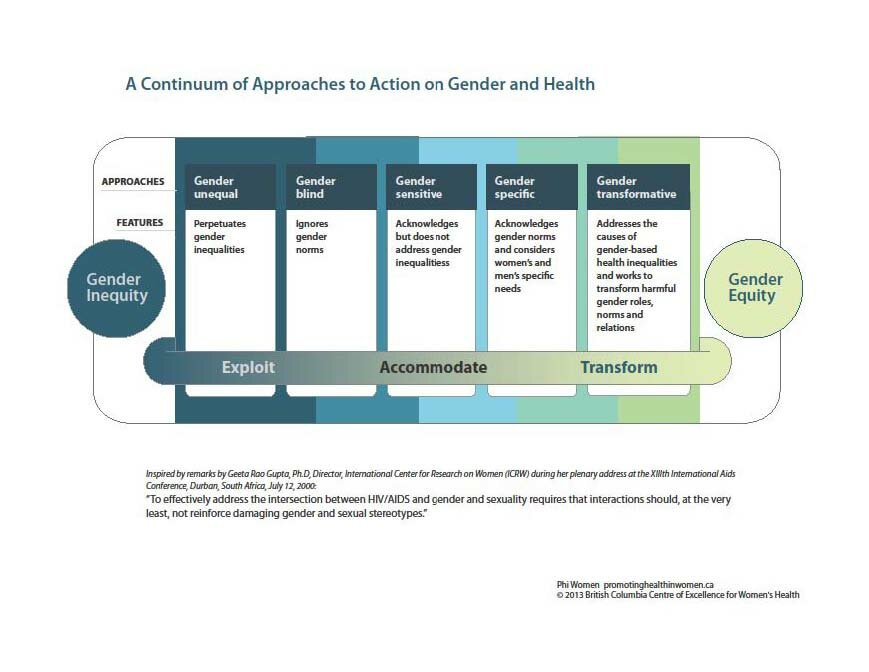Gender-unequal
Gender unequal initiatives perpetuate gender inequalities by reinforcing unbalanced gender norms, roles and relations. Typically, one sex will be privileged over another and enjoy more rights, privileges, opportunities and resources than the other, whether information, services, freedoms, or opportunities for decision-making. For example, a fee paying program might be less available to those on low income, often more women than men. Often gender unequal initiatives do not question gendered stereotypes or power distributions, or may even use them to make their point.
Example: Make Death Wait Campaign, Heart and Stroke Foundation of Canada
In 2011-2012, the Heart and Stroke Foundation of Canada ran a multimedia awareness campaign called “Make Death Wait.” The print and video ads stated: “Death loves menopause. He loves that menopause makes women more vulnerable to heart disease and stroke. And that women are far more likely to die of a heart attack. Most of all, he loves that heart disease and stroke is the #1 killer of women. Please donate, and make death wait.” The campaign reached 87 per cent of Canadians; motivated more than 100,000 people to complete the online Risk Assessment; and built new relationships such as 50,000 new fans for the HSF Facebook page. It also generated controversy as it was argued that the campaign exploited women’s fears of rape and sexual violence. One woman commented: “[It’s] like they had a good idea at first (conversation about women’s risk) but degenerated into awful stalker ad.“ Others were concerned at how the campaign made use of stereotypes of women as weak and men as aggressors.

